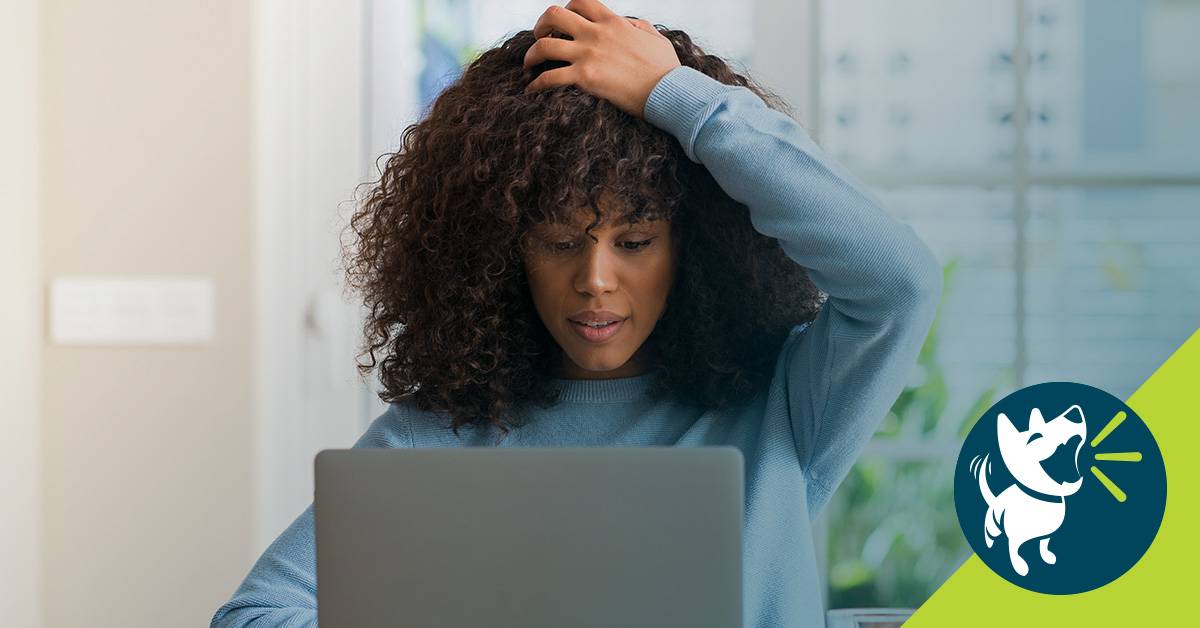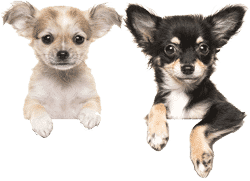We’ve written extensively about how to improve your SEO:
- Make sure your site is secure and responsively designed.
- Play by Google’s rules – and make their algorithm work in your favor.
- Improve your site’s domain authority by improving your link profile.
- Employ the right technical SEO strategy.
While there’s no silver-bullet solution for improving your rankings (that is, unless you have the financial resources to buy your way to the top), we have another SEO trick up our sleeve we’d like to share: Using images to boost your search engine rankings.
Images do more than provide context for your content and keep readers engaged; they can also be used for SEO. Image search is becoming an increasingly popular driver of website traffic. And as users are shifting toward visual search, Google has already begun giving images prime real estate at the top of search engine results pages – sometimes even above organic search results.
How to Use Images to Improve On-Page SEO
If you want to make your images work for you, here are a few best-practices for image optimization:
- Choose images carefully. Original images are ideal, and they do the best job communicating the story that you’re trying to tell. If custom photography isn’t an option, steer clear of overused stock images (we’re looking at you, lady laughing while eating a salad alone).
- Correctly name image files. “Photo02-24-2019.png” adds little SEO value. Help search engine trawlers correctly index and serve up your images by choosing descriptive, keyword-rich image names. Check out Google’s image best practices guide for more guidance.
- Add and optimize alt text. Also referred to as “alt tags,” alt text provides a text alternative for search engines, as well as for web users who employ assistive devices like screen readers. Provide a text description that’s specific, relevant and unique for each image, and add it to the HTML code within each image tag. Doing so gives Google a better understanding of what’s on each web page, so it serves up your content accurately.
- Optimize image size. Large images can dramatically increase your page load time – and your site’s bounce rate. In fact, studies have shown that approximately 53% of websites are abandoned if a mobile site takes longer than 3 seconds to load! To make sure your images display properly without slowing your site down:
- Resize images to the correct display dimensions. If your website’s blog banner is 600 pixels wide, resize images to their maximum display dimensions.
- Reduce image file sizes. Google recommends that you experiment with various quality settings for images to find the sweet spot where image quality is good and file size is manageable.
Want to rank higher in Google searches – and drive more targeted traffic to your website?
Search engine optimization is a continually evolving and highly technical process – and image optimization is just one part of the equation. That’s why BARQAR uses a strategic, 6-step approach to ongoing SEO to maximize your rankings and ensure the right potential customers find you online.
What can our SEO experts do for you? Request a free SEO strategy audit today!



